Hydrojelly Face Masks: The Ultimate Hydration Delivery
Hydrojelly face masks have been gaining in popularity. So what are they, and what do they do? Keep reading to find out!
What Is a Hydrogel?
A hydrogel is a gel/jelly composed of water. In cosmetics, a hydrogel will usually contain water, gelling agent(s), and water-soluble ingredients designed to have a cosmetic effect on your skin. These could include a variety of humectants (glycerin, hyaluronic acid), vitamins (niacinamide, vitamin C), electrolytes, acids, enzymes, antioxidants, extracts, and more. Of course, depending on the purpose of the treatment, the ingredients will differ.
Who Needs a Gel Face Mask?
Probably all of us. They can be customized to all skin types, including sensitive skin and dry skin. Like all products, the chance of reactions or issues depends more on the added ingredients than the texture of the gel.
What's the Difference: Hydrogel vs Oleogel?
At first glance, hydrogels and oleogels look similar. They're both transparent, clear, gels. They often have beautiful colours. They may even have similar declared claims - moisture, anti-aging, etc. They are entirely different though.
Hydrojellies are water based. They won't contain oils because they don't contain emulsifiers. They will contain water soluble actives and additives.
Oleogels are oil based and waterless. They are turned into gels using a special type of emulsifier. They remain transparent as long as no water is added. Once water is added, the emulsifier takes effect and they can usually be washed off, much easier than an oil. They can contain oil-based active ingredients only. They are often used as an oil-based cleanser that will moisturize and not strip.
How Do Hydrojelly Masks Work?
These are not sheet masks. Occasionally they come premixed in a jar, but most come mixed as a powder so it can be combined (and activated) right at the time of use.
The gel is then applied to your face and neck, and it gradually dries over about 20 minutes. Usually, the mask can be peeled off. However, sometimes it needs a rinse.
Be sure to tell your esthetician if you aren't comfortable having the gel on your eye area so it can be adjusted. Another thing to mention is that they can be a bit goopy. Some people prefer paper masks and sheet masks for that reason. We don't because of the added waste generated by those other mask types (which usually aren't biodegradable).
All you need is a face mask bowl, the hydrogel powder, and some distilled water. Instead of water you could also use aloevera gel or juice. If you want to kick it up a bit more, you could also add 1/2 tsp of liquid glycerine. This is an easy and cheap skincare ingredient to find. It will make things a bit slippery or sticky, but since this isn't a leave-on product the benefits outweigh that issue. Take your face mask bowl and mix all the ingredients, then apply and enjoy!
What Makes the Hydrogel Become Gel?
Many gelling agents can be used. The natural (and biodegradable) ones are our favourites. Some options you might see are xanthan gum, guar gum, cassia Spinosa gum, konjac powder, and more. If using a powder, the key is to get a proper ratio so that you don't just end up with a clumpy mess.
Don't be fooled, though. These gelling agents are not passive bystanders.
They are all usually derived from natural sugars and carbohydrates and then fermented. As ingredients in many skincare products, their role is often to stabilize emulsions or thicken serums. In hydrojellies, they're used at much higher percentages, so they become very nourishing and help provide the ultimate hydration.
These aren't used in higher percentages all the time because of clumping and piling - things best left for a peel-off or rinse-off treatment.
What are the Benefits of Hydrojelly Masks?
Cooling and Soothing: think of how great a soft, cooling, and balancing gel made of aloe vera would feel on inflamed skin? Likewise, Hydrojelly masks are great for calming irritation.
Major Boost of Hydration: with water as the primary ingredient powered by carbohydrates, humectants, and other active ingredients, your skin will be refreshed and plumped up during this application. Follow the treatment with a face oil or emollient to seal all the hydration benefits that come from the gel. This is especially important if you're in a dry climate.
Vacuum Seal? We've seen some claims that as the mask dries, it creates a vacuum seal that helps the pores suck in all the water and electrolytes. Not sure about this one; that isn't how the skin works. That said, as the outer layer of the gel dries, it does create a seal in the sense that the water isn't likely to evaporate from the skin. So you're left with a lovely, hydrating layer of goodness on your skin until it's removed.
How Often Should You Do a Hydrogel Mask?
This treatment will be done near the end if you're having a facial. Cleansing, exfoliating, and extracting would prime and prep the skin, so it's ready to receive all this hydration.
After it's removed, you'd finish up with an emollient to lock in the moisture. This will be an excellent addition to your weekly regimen if you do them at home. Otherwise, a monthly facial is an ideal timeline to consider.
Hydrojelly masks are a great addition to any routine and leave your skin feeling plump and soft.
Dr. Heather Smith developed her love for skinimalism and clean beauty years ago when she began making home remedies for her newborn's eczema. She is an expert in natural ingredients and active botanicals and has now launched bareLUXE Skincare - a full line of effective oil serums. She dedicates this blog to consumers who are researching ingredients and working to make their beauty ritual more natural and sustainable.

MEDICAL DISCLAIMER
This content is for informational and educational purposes only. It is not intended to provide medical advice or to take the place of such advice or treatment from a personal physician. All readers/viewers of this content are advised to consult their doctors or qualified health professionals regarding specific health questions. Neither Dr. Smith nor the publisher of this content takes responsibility for possible health consequences of any person or persons reading or following the information in this educational content. All viewers of this content should consult their physicians about their skincare concerns and routines.


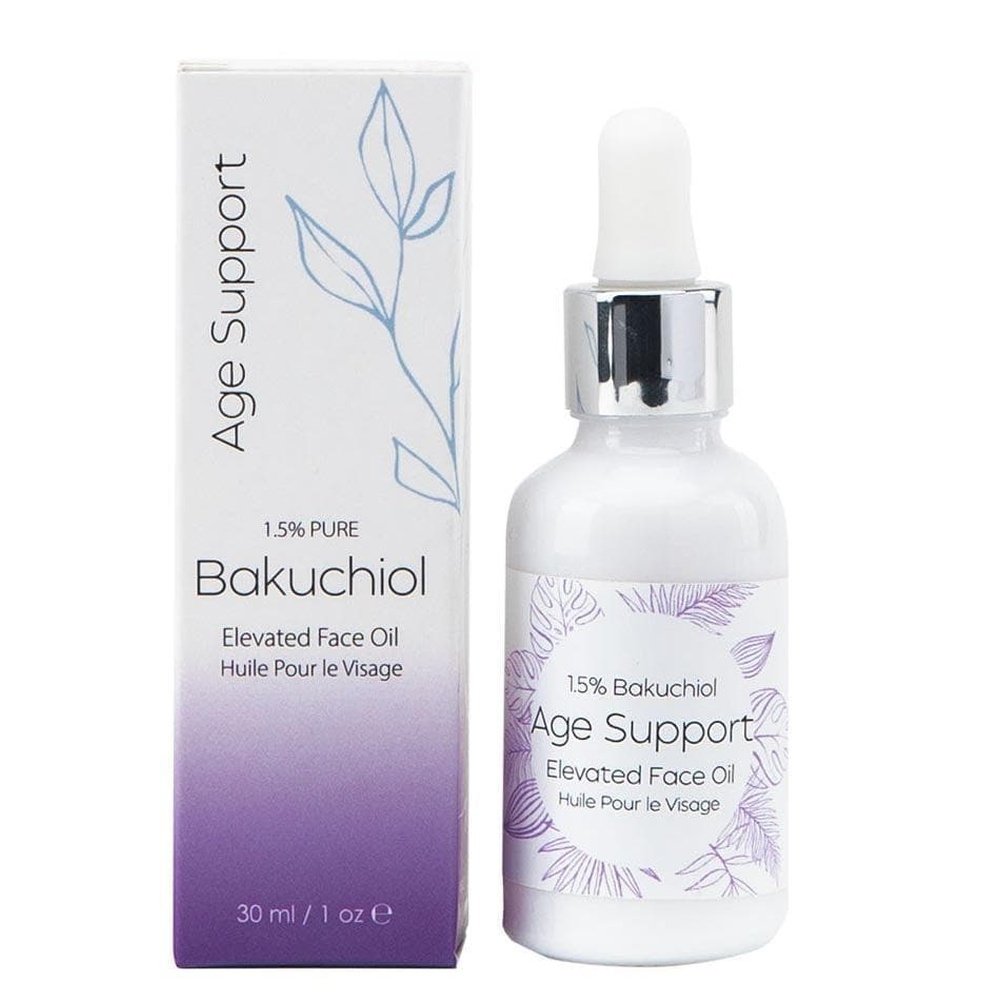
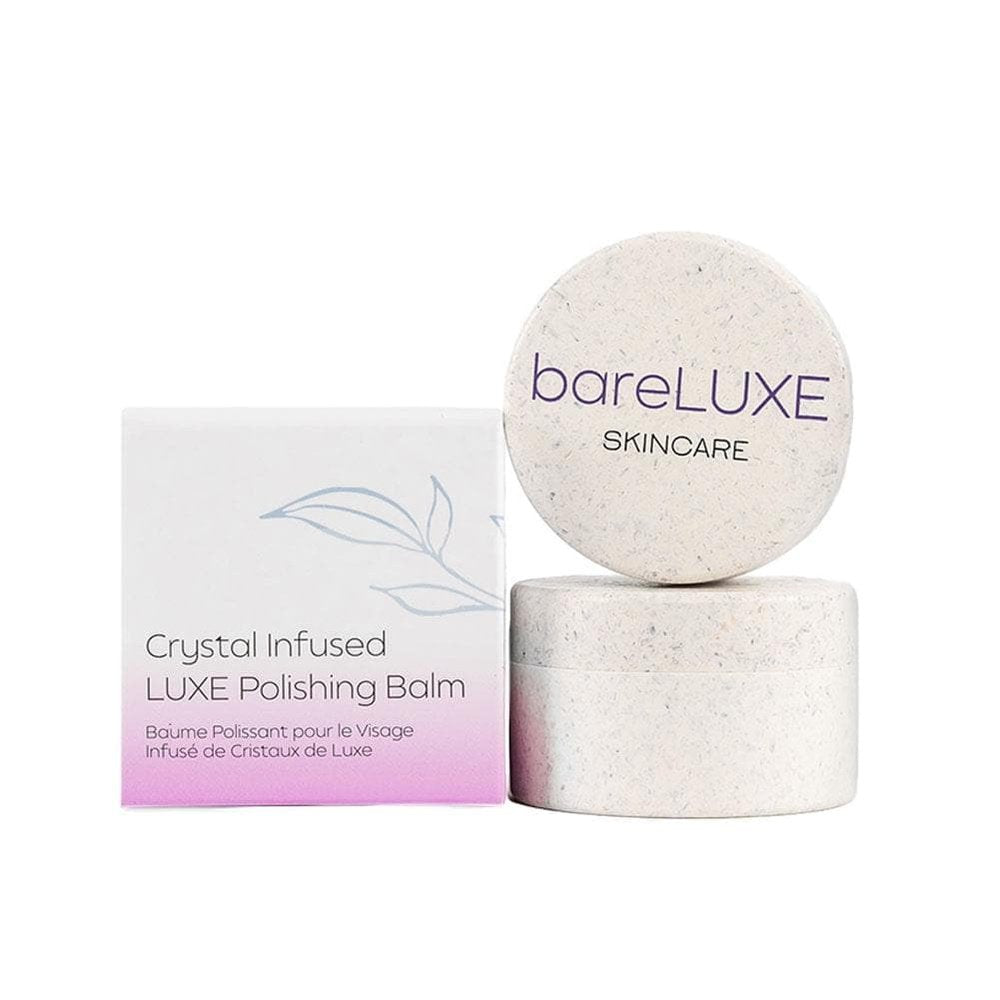
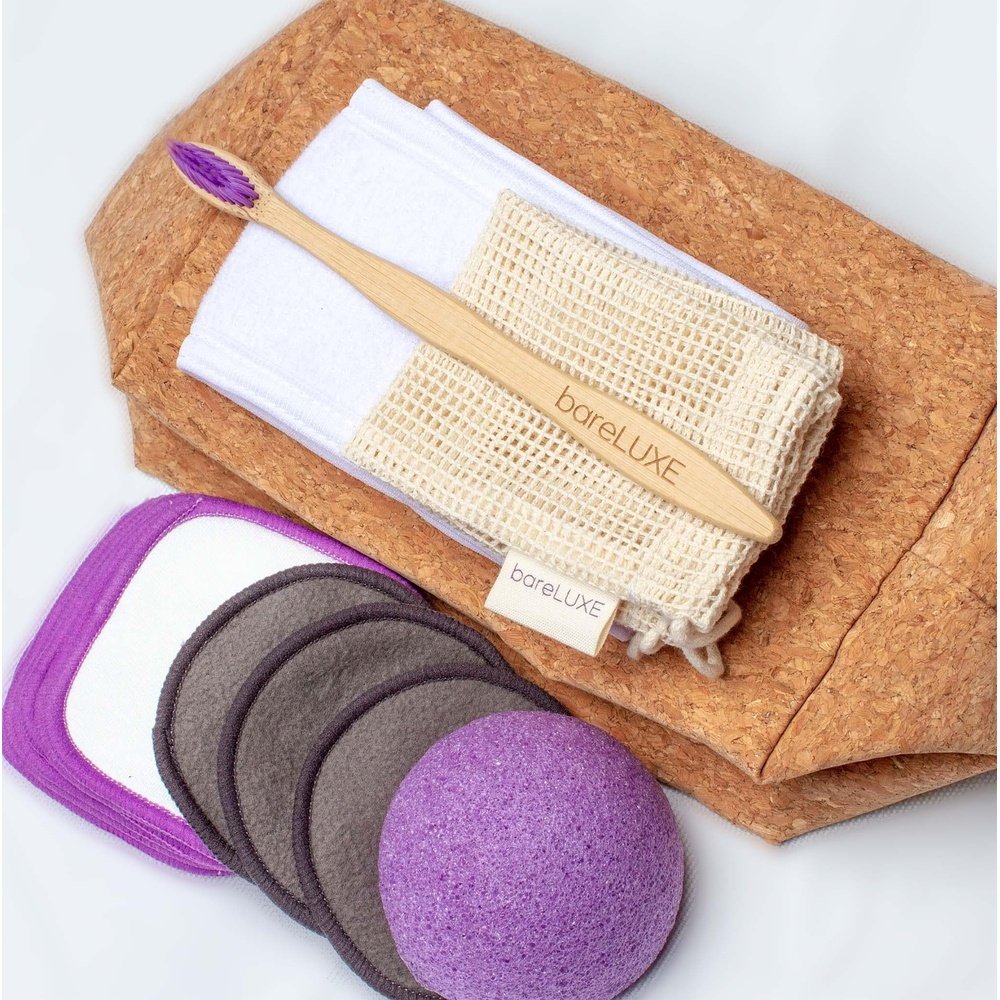
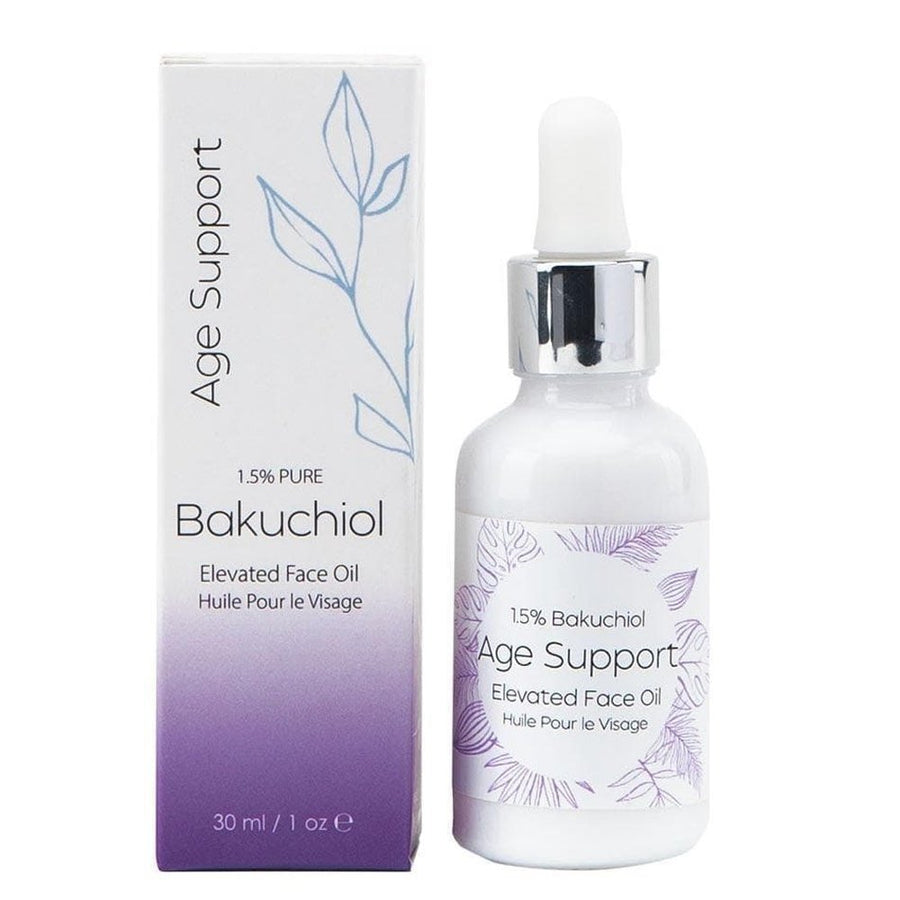
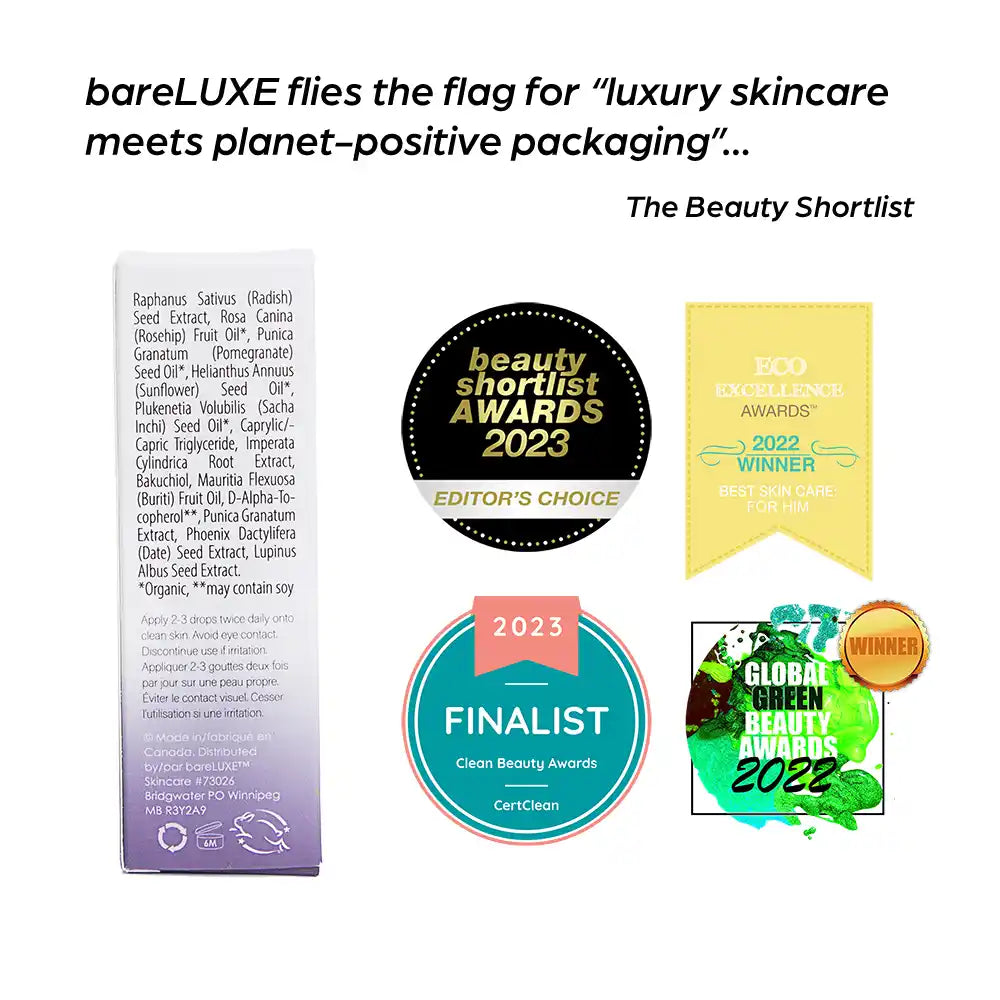
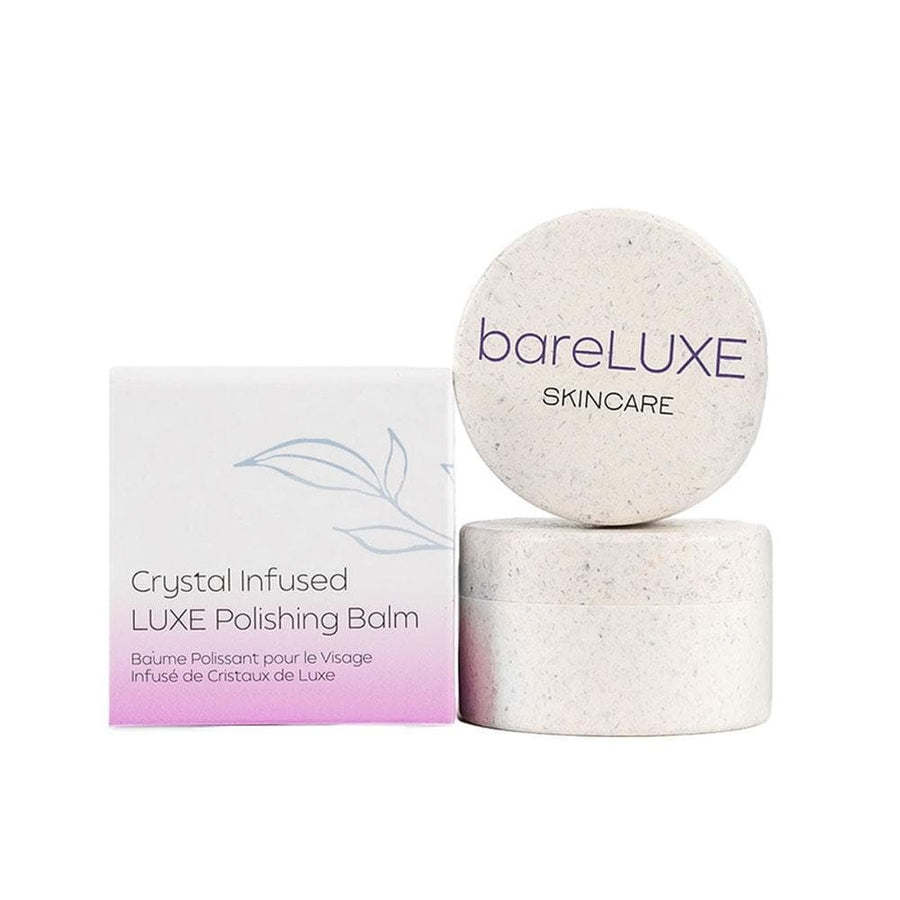
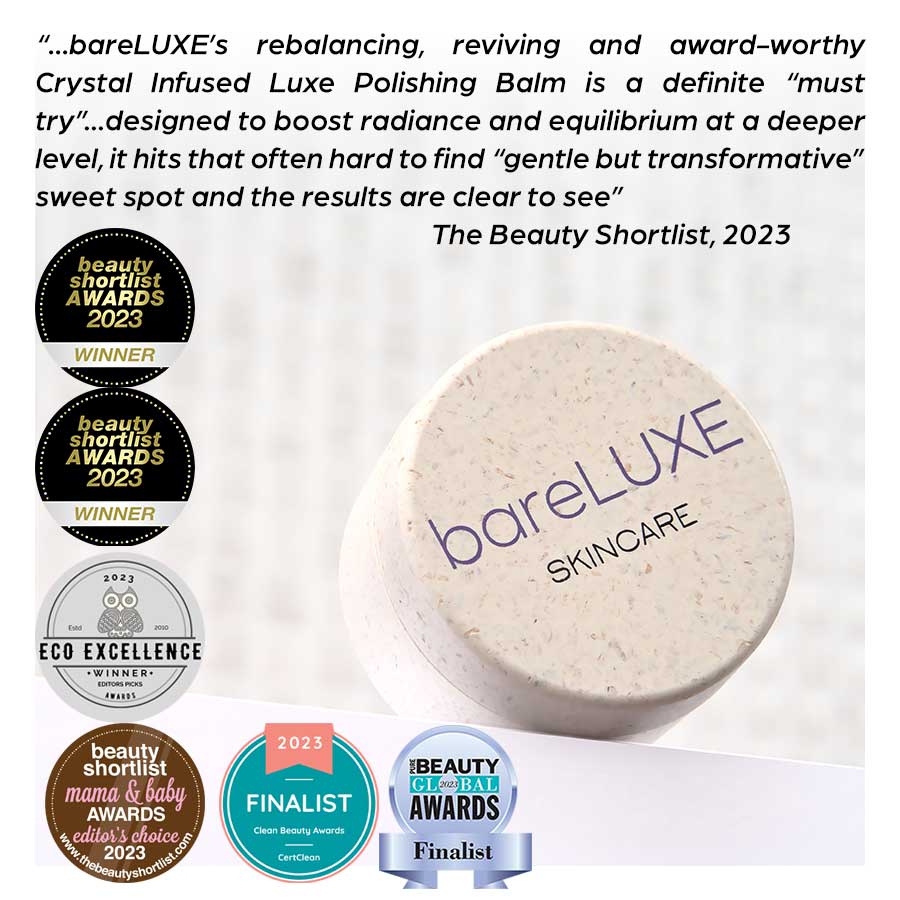
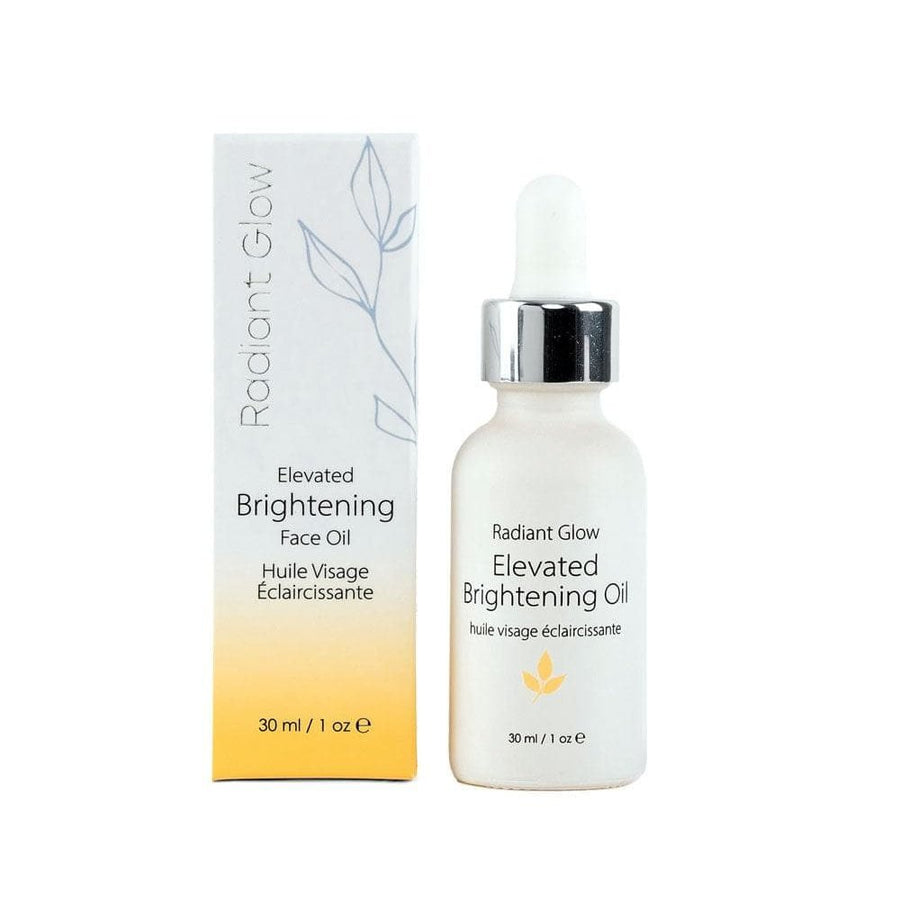
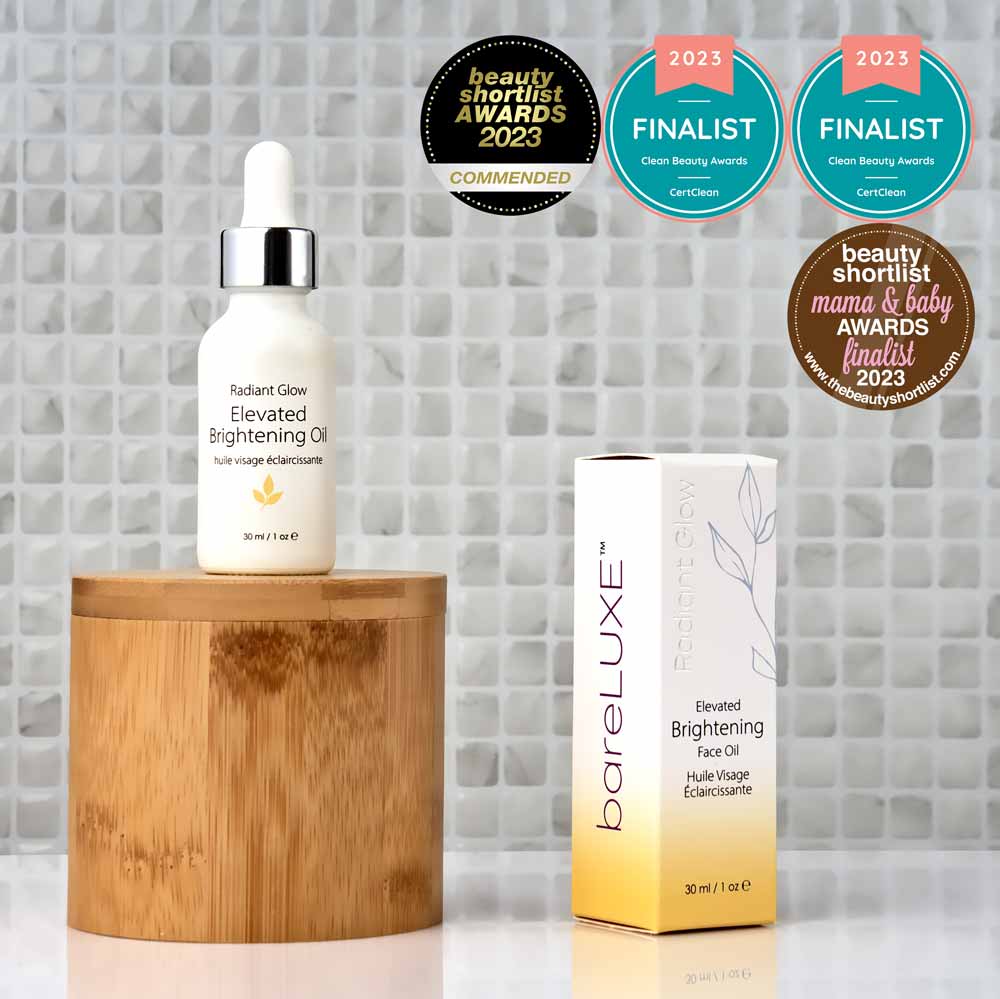
Leave a comment